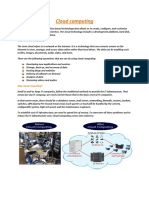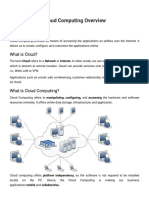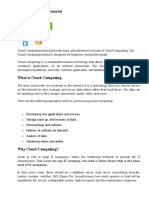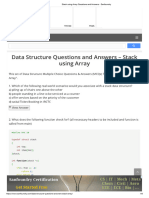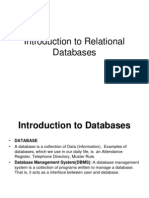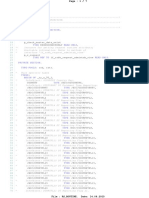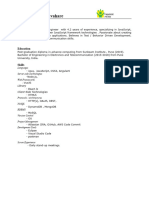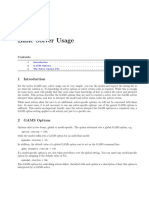0% found this document useful (0 votes)
5 views17 pagesModule1 Ans IA!
Cloud computing is a technology that provides on-demand access to shared computing resources over the internet, eliminating the need for physical infrastructure. Its core features include on-demand self-service, broad network access, resource pooling, scalability, measured service, and security. While it offers benefits like reduced costs and increased agility, challenges such as security risks, compliance issues, and dependency on internet access persist.
Uploaded by
vibhagovinCopyright
© © All Rights Reserved
We take content rights seriously. If you suspect this is your content, claim it here.
Available Formats
Download as PDF, TXT or read online on Scribd
0% found this document useful (0 votes)
5 views17 pagesModule1 Ans IA!
Cloud computing is a technology that provides on-demand access to shared computing resources over the internet, eliminating the need for physical infrastructure. Its core features include on-demand self-service, broad network access, resource pooling, scalability, measured service, and security. While it offers benefits like reduced costs and increased agility, challenges such as security risks, compliance issues, and dependency on internet access persist.
Uploaded by
vibhagovinCopyright
© © All Rights Reserved
We take content rights seriously. If you suspect this is your content, claim it here.
Available Formats
Download as PDF, TXT or read online on Scribd
/ 17





































